How can educators create deeply engaging and dynamic classroom learning environments—the kind where students are so engrossed in their learning they don’t want to leave when the bell rings? How can educators promote teacher and student wellness?
Table of Contents
There are many factors needed to produce this kind of environment. It starts with a well-skilled instructor and content that is directly relevant to students’ lives. Teachers also need lessons that are highly motivating and activities that put students in charge of their own learning. Student engagement can help support student wellness, which is now more important than ever.
But the design of the learning space also matters. In fact, research shows that learning space design can have a big effect—either good or bad—on what instruction looks like in that space and how effective it is for students. “Flexible learning spaces provide learning environments that foster self-regulation, collaboration and interaction, while ensuring their wellbeing.” (Karlippanon, et al., 2018).
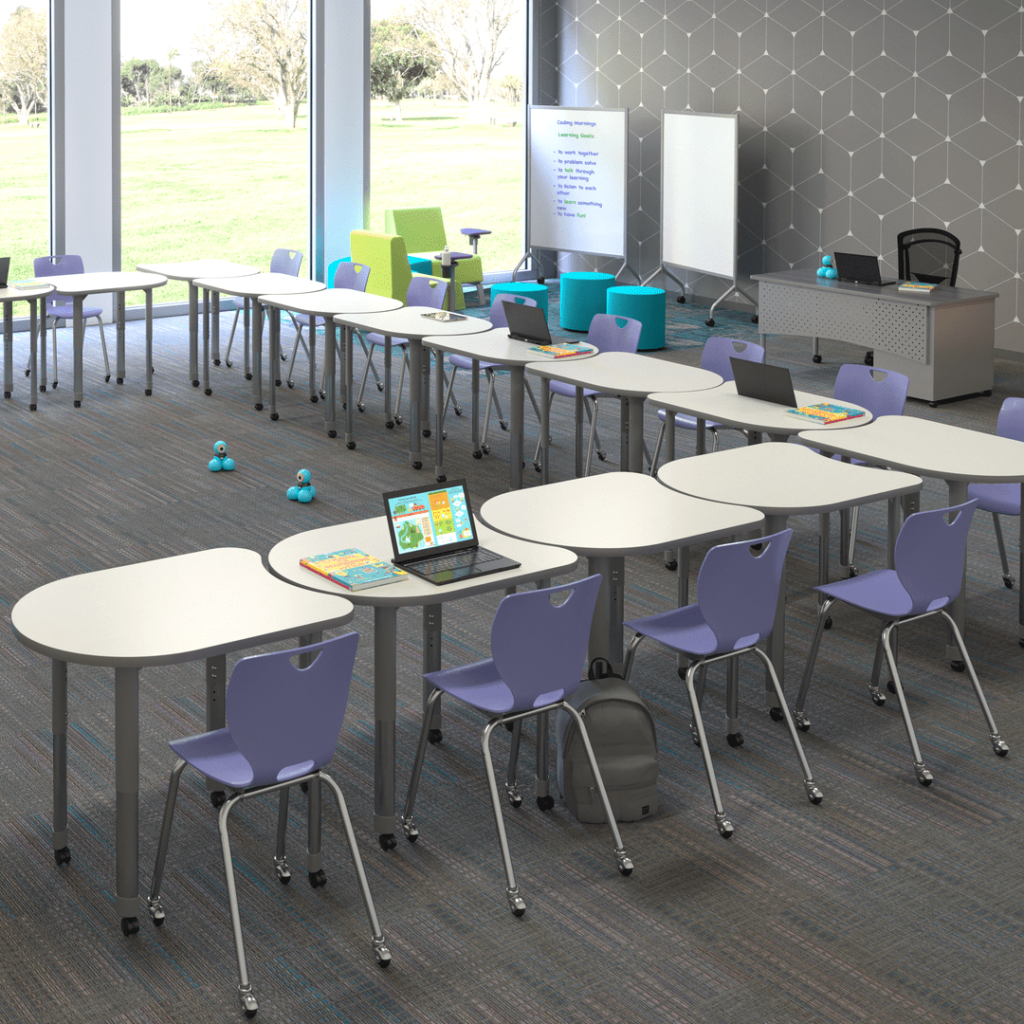
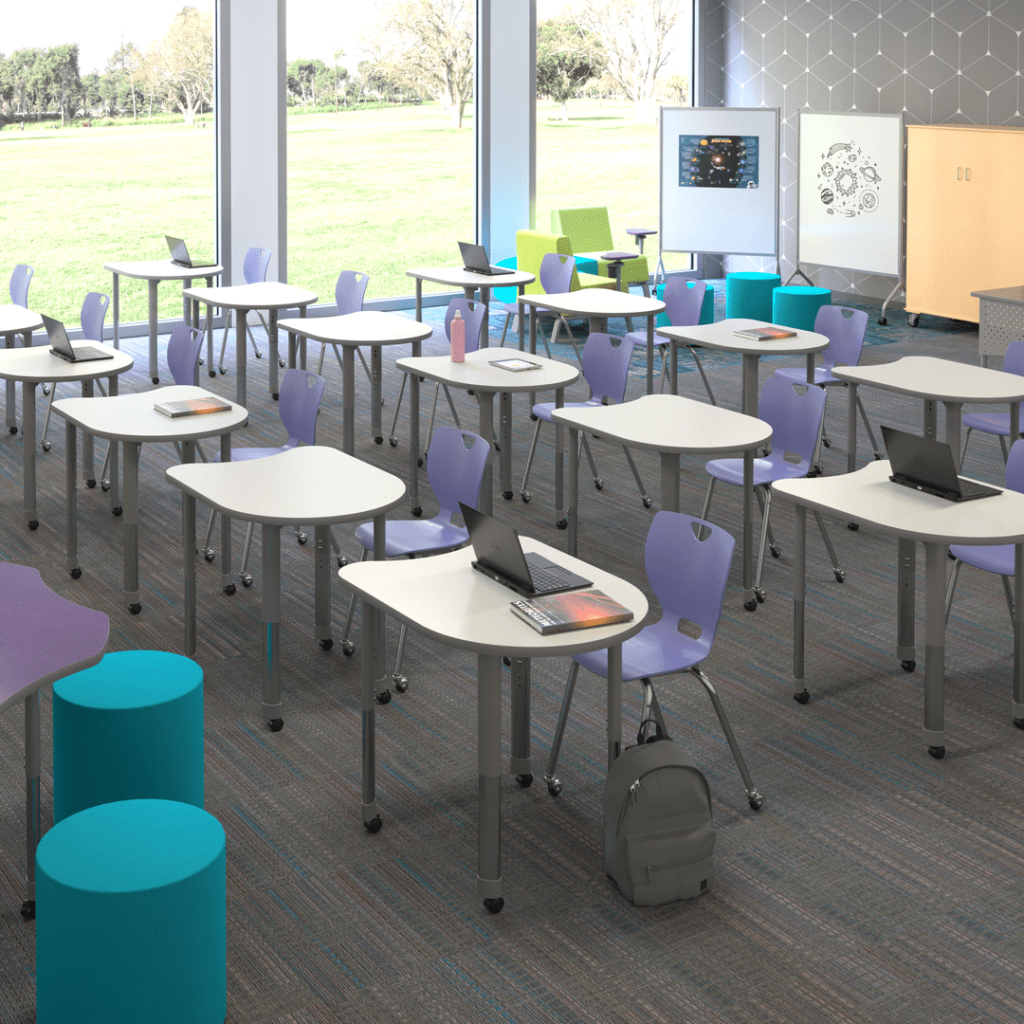
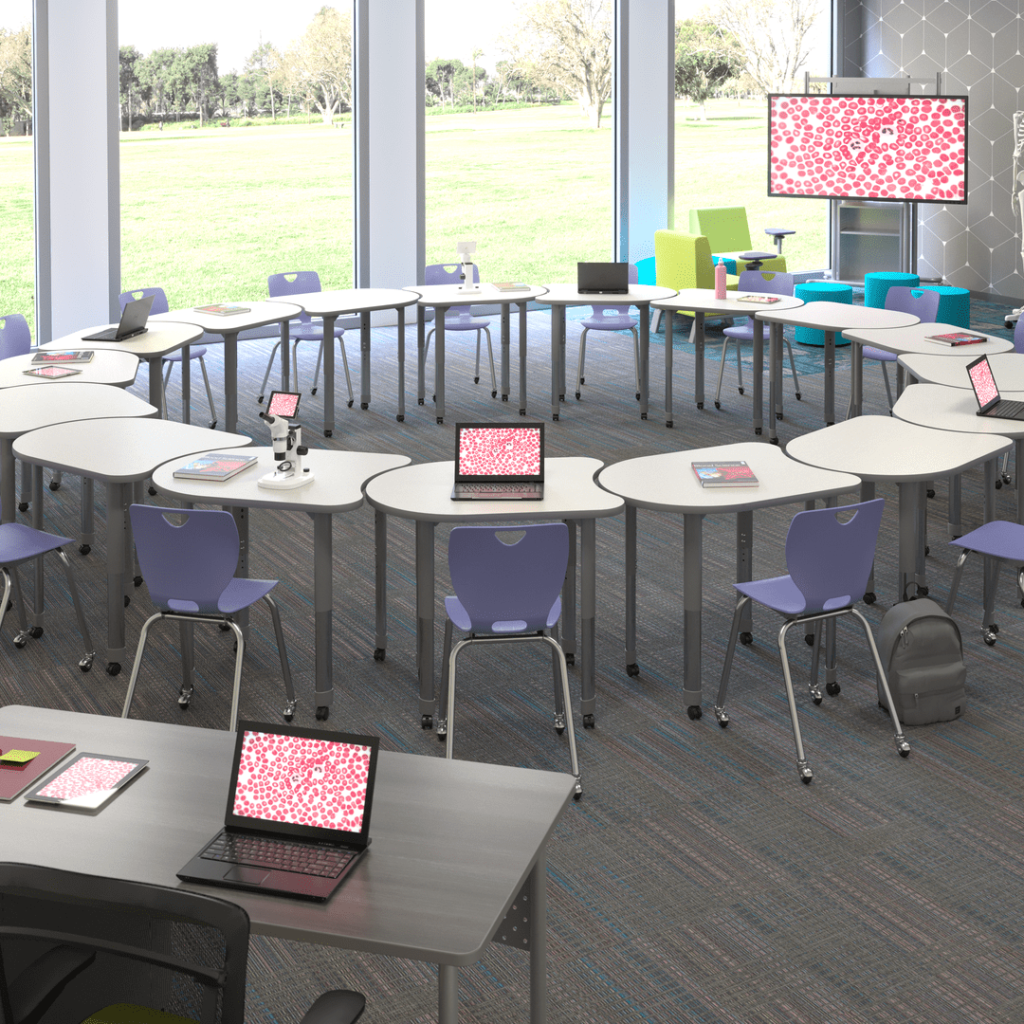
Why You Should Create Dynamic Learning Environments in Your Schools
A learning environment that leads to rich, dynamic instruction must be dynamic itself. It must be flexible and malleable, easily adapted to meet different learning and social emotional needs. This can’t be done with a static, inflexible learning space that cannot easily be changed.
Here are three compelling reasons to create dynamic learning environments in your schools:
Effective Teaching and Learning
Dynamic learning environments can take whatever shape or form best supports the learning goals teachers are trying to accomplish that day.
For instance, maybe you want to have a deep, Socratic-style discussion of the content, and so you want students to be able to see each other easily. With a dynamic learning environment, you could easily arrange students’ desks or chairs to face each other in a circle. This same arrangement can be used to foster a safe space for students to build relationships and connections.
Another day, you might want students to collaborate on group projects. Again, a dynamic learning environment allows you to do this by configuring the desks in small groups with flexible seating. Whatever arrangement of the space you need to support the day’s activities, you can easily create.
Kids Get Excited to Learn
We want students to be excited about learning when they enter the classroom. Seeing the desks arranged in neat rows every day when they walk into the room may not inspire them. However, a dynamic learning environment mixes things up and keeps instruction fresh. Your brain loves novelty, so switching up the environment engages the brain.
Wide Variety of Learning Needs
Teachers know well that no two students are the same. Every child has different learning needs, preferences, interests, and abilities. The pandemic brought on more new challenges for both students and teachers.
Rather than taking a “one size fits all” approach to the furnishings in the room and the type of instruction that occurs there, a dynamic learning environment is much better suited to accommodating these different needs and preferences. A dynamic learning space can easily change and adapt to meet the evolving needs of students, whatever these might be.
Features of a Dynamic Learning Environment that Supports Wellness
What does a dynamic learning environment look like? At School Specialty, we’ve identified key elements that make learning spaces more dynamic and capable of supporting the teaching and learning you want in your schools. The Substance Abuse and Mental Health Services Administration has identified six principles for trauma-informed education practices. These practices can carry over into the environment.
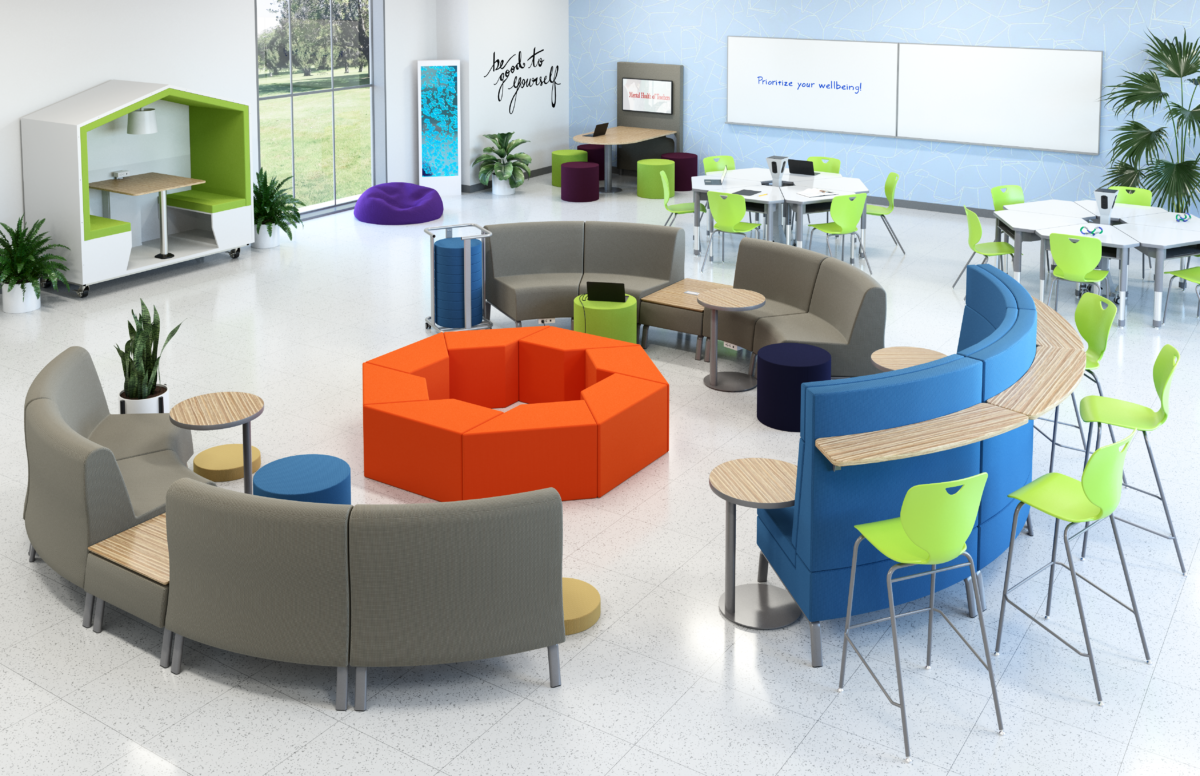
Understand Trauma & Stress
Educators have learned much about the impact of trauma and stress through the pandemic. One of the positive things to come out of the pandemic was that students became more autonomous learners in the shift to remote instruction. That’s exciting because when students control their learning, they’re more invested in their education and more motivated to succeed.
A dynamic learning environment can build on this sense of autonomy by giving kids plenty of choices in where to sit and the type of seating they can opt for—like a regular chair, a wobble stool, a standing desk, or soft seating. This helps them take ownership of the learning process, leading to deeper engagement.
Safety and Predictability
We want students to be comfortable as they learn because this helps them learn more effectively. Students learning from home during the pandemic found all sorts of creative places to learn. I’ve heard stories of kids who learned while sitting on their bed, under a tree, or even in a hot tub.
Learning remotely allowed students to find the place where they felt most comfortable and inspired to learn. It also made some teachers rethink whether students really needed to be sitting at a desk all day while in school.
Giving students a variety of seating options helps them “find their place” within the classroom as well. Because some students are sensitive to certain types of materials, dynamic learning environments should offer seating options with different fabrics and surface types. To make sure students can work comfortably while they’re seated, the tables, desks, and chairs should be ergonomically designed and age-appropriate (Wingrat, K., & Exner, C., 2005).
You might consider height-adjustable desks and tables to create a comfortable work environment for students, allowing them to raise or lower their desks to the exact height they need to be productive.
Cultural Humility & Responsiveness
Children learn social cues from adults. Without the ability to read non-verbal cues from adults and other children, this learning was impacted. The furniture in a dynamic learning environment should be agile enough to use in many ways. Movable furniture on casters and modular desks and tables that fit together in various geometric configurations allow for more dynamic learning to occur. By creating an environment that is agile, this ensures students can read non-verbal cues from both their peers and teachers.
Another aspect of versatility is having furniture that can serve multiple purposes simultaneously, such as tabletops that double as writing surfaces or maker tables with built-in storage. Multipurpose environments can also allow schools to repurpose a space for an after school event, such as bringing in community resources to assist families.
Compassion and Dependability
Dynamic learning spaces should facilitate student-teacher interaction, as well as collaboration between students. When students interact in healthy ways, they learn to depend on one another and learn to show compassion.
When students talk about the content with others, they’re exposed to new ideas they hadn’t considered before. Working collaboratively, students can co-construct new knowledge and arrive at a deeper understanding of the topic than they might have by themselves. Collaborative learning also teaches students important workforce skills like teamwork and communication.
Learning spaces can support effective collaboration by using mobile desks and tables that easily can be arranged into flexible group sizes.
Resilience and Social Emotional Learning (SEL)
A mix of colors, textures, and materials that encourage thinking and exploration creates an inviting space that gets students excited to learn. The challenges they have experienced during the pandemic have renewed the focus on social emotional learning. Trauma impacts our ability to regulate emotions, alter behavior, and compromise interpersonal skills.
There should be opportunities for students to move around as well. Studies show a clear connection between movement and achievement. Movement increases students’ blood flow to their brains. In turn, students feel more alert, happier, and can focus more effectively on their learning.
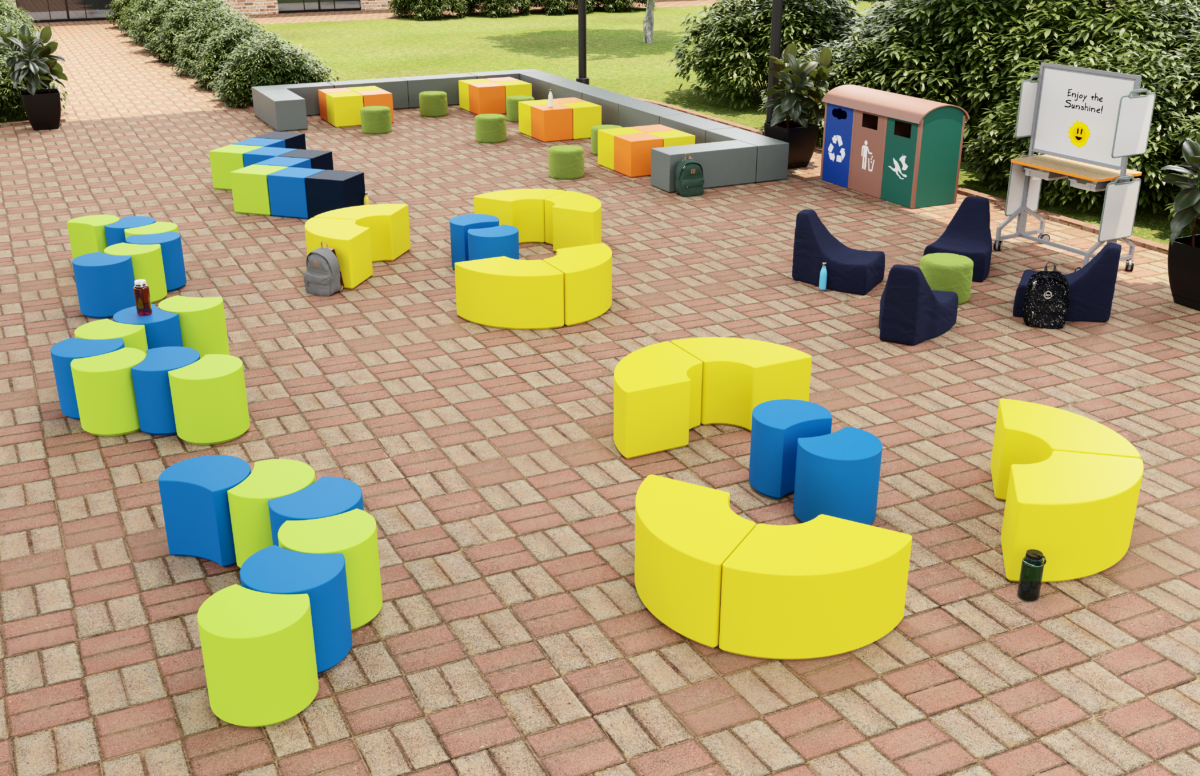
To facilitate movement, classrooms should include plenty of open spaces, such as wide walkways between desks and tables. Schools should also consider using furniture that allows for movement as students are working, such as wobble stools that enable them to rock back and forth or standing desks that enable them to stretch their legs.
Empowerment and Collaboration
Another positive development to come out of the pandemic is that it encouraged teachers to explore new approaches to instruction, including online tools and resources that can enhance student learning. Many schools purchased Chromebooks or other digital devices to facilitate remote instruction, and now that students are back in school, these devices can continue to support learning. Teachers collaborated with their peers in their own school and expanded their sphere of support beyond their own cities. Online collaboration and resources became a key to success.
In today’s internet age, with information now available at our fingertips, learning and recalling facts isn’t nearly as important as learning how to find information, think critically, and solve problems. Having students ponder and research essential questions, discuss their findings, and create new knowledge or artifacts to demonstrate their understanding are key strategies for learning these skills—and technology is a foundational tool for accomplishing these tasks.
Dynamic learning environments should support the use of technology with easily accessible power sources, shared interactive screens, and other resources. Desks, tables, and even soft seating options that contain built-in electrical outlets allow students to plug in and charge their devices wherever they might be working, and mobile power supplies can also bring electricity where it’s needed.
Deeper Engagement, Better Outcomes
What do you want teaching and learning to look like in your schools? What do you want students to know and be able to do?
However you answer these questions, the learning environment should be able to support your vision. By incorporating these six elements into the design of your learning spaces, you can create dynamic learning environments that lead to deeper engagement and better student outcomes. Let’s take lessons from the pandemic and turn them into positive changes and support for both students and teachers.
Citations
Kariippanon, Katharina & Cliff, Dylan & Lancaster,
Sarah & Parrish, Anne-Maree. (2018). Perceived
interplay between flexible learning spaces
and teaching, learning and student wellbeing.
Learning Environments Research. 21. 10.1007/
s10984-017-9254-9.
Wingrat, K., & Exner, C. (2005). The impact of
school furniture on fourth grade children’s on-task
and sitting behaviour in the classroom: A pilot
study. Work, 25(3), 263-272.
Dr. Sue Ann Highland
Sue Ann Highland, PhD, is the National Education Strategist for School Specialty. She has more than 25 years of experience as an educator, administrator, and consultant with school systems across the United States, with broad expertise in designing and creating highly effective learning environments.
Read more by Dr. Sue Ann Highland–>

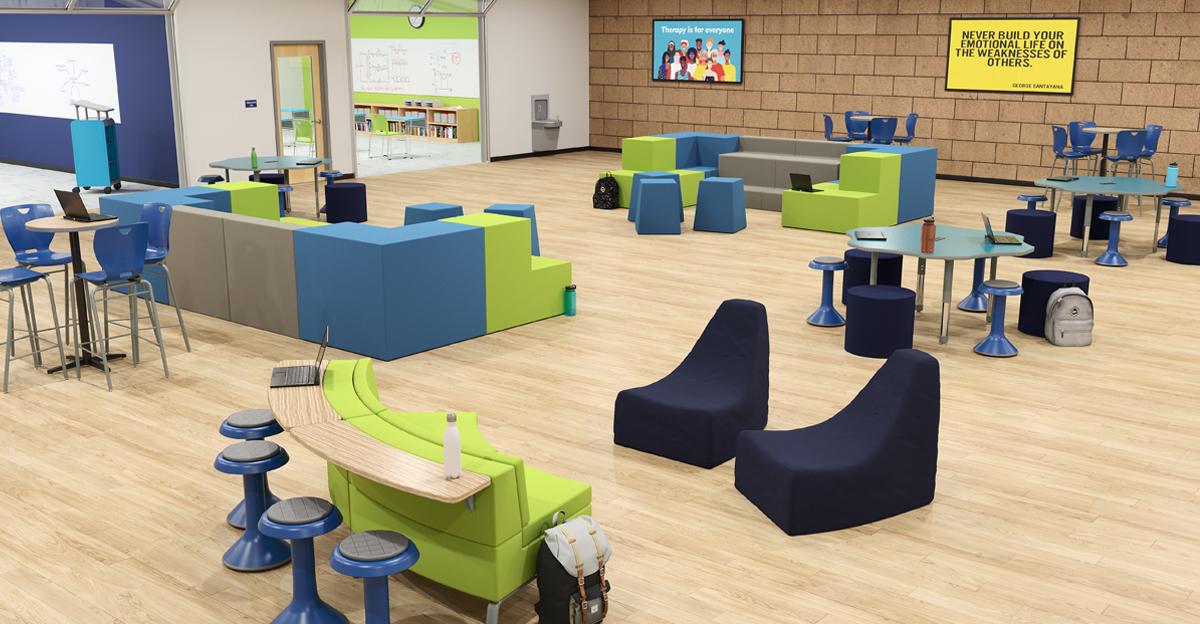



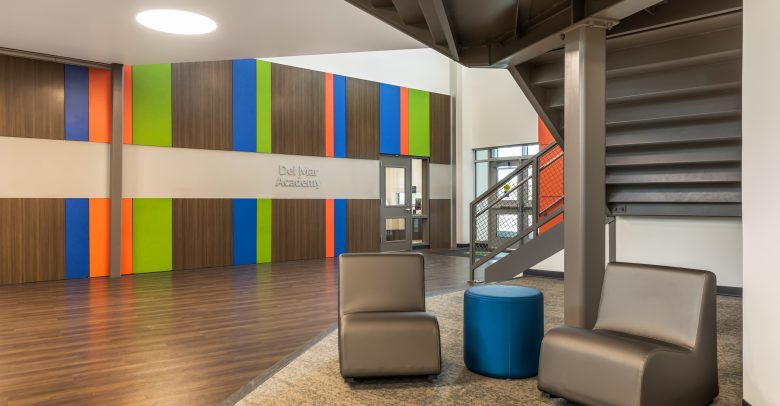
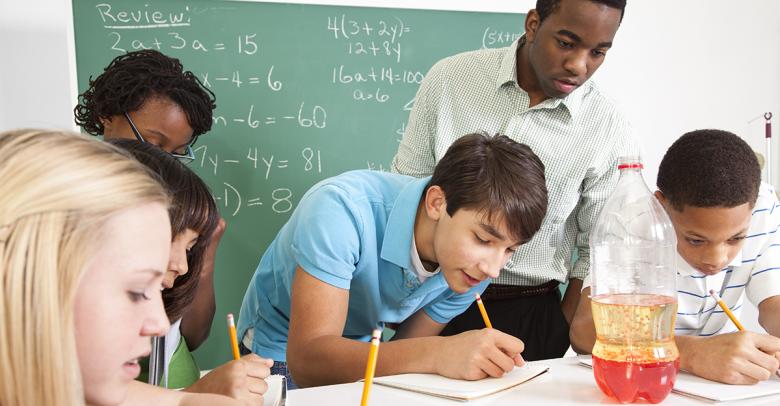
Leave a Reply